Our Program
Harbrae Herefords are committed to producing commercially relevant seed stock Poll Herefords that are sound in structure, fertile, calve easily, docile with a placid temperament and offer exceptional growth from a moderate birth weight. We are of the opinion that producing the highest quality carcass traits in positive fat scores and maximising the size of eye muscle area enhances the eating quality and marketability of our beef, as such we breed to improve these traits in every generation.
We are focused on our Poll Hereford herd, and that alone. We run our cattle on a small acreage property so we commit solely to our Poll Herefords with the goal of producing a limited number of high quality Bulls annually. One or two Bulls that are assessed as suitable will be exhibited at the Herefords Australia National Show and Sale held in Wodonga during May, with the majority of our Bulls being marketed through the AuctionPlus Monthly Cattle Stud and Genetic Sales.
Harbrae Herefords is a spring calving venture that AI’s 100% of it’s females annually. We spend a considerable amount of time in selecting the most suitable sire for each individual female, working hard to hold straws of the best Australian and International sires available in support of our program. Post being AI’d these females are then ran with our high quality sires such as Mawarra Vodka and Kianma Signature or selected Harbrae yearling Bulls for 6 weeks, at pregnancy testing any empty females are culled.
Embryo transfer (ET) plays a major roll in our program allowing us to zero-in on our best genetics. We implant harvested embryos into our recipient herd and currently 30% of our calves are born via this ET process.
100% of our herd are genomic tested.
Our breeding females are all grass fed and ran under small scale commercial conditions.
Culling our herd is key to producing high quality cattle, we cull as follows:
- Any cow/calf combination that required assistance at birth.
- Any cow that has trouble feeding or raising her calf.
- At weaning they all are weighed with poor performers being culled. Tolerances are given to twins and those that may have been affected by non genetic setbacks. We look to cull approximately one in six during this process.
- Two months post weaning; all calves are assessed on eye set and eye pigmentation with those falling below our tolerances culled.
- Five months post weaning; this culling is based on weight gain from weaning. Any weaner that we have taken a chance on due to its mother being suspected of having a poor milk quantity, or if it was a twin, this is where we make another assessment and cull accordingly.
- Structural assessment and scanning is conducted by Liam Cardile from BeefXcel at 13 to 15 months. The data is analysed and culling occurs accordingly. At this point we publish these results on our website under future sires and future females.
- We conduct structural assessments of all breeding females annually to assist in our culling decisions.
- Our final scheduled cull is less of a cull but more of a sorting with us identifying the most suitable bulls for the Herefords Australia National Wodonga Show. These bulls are then moved into our show preparation process.
